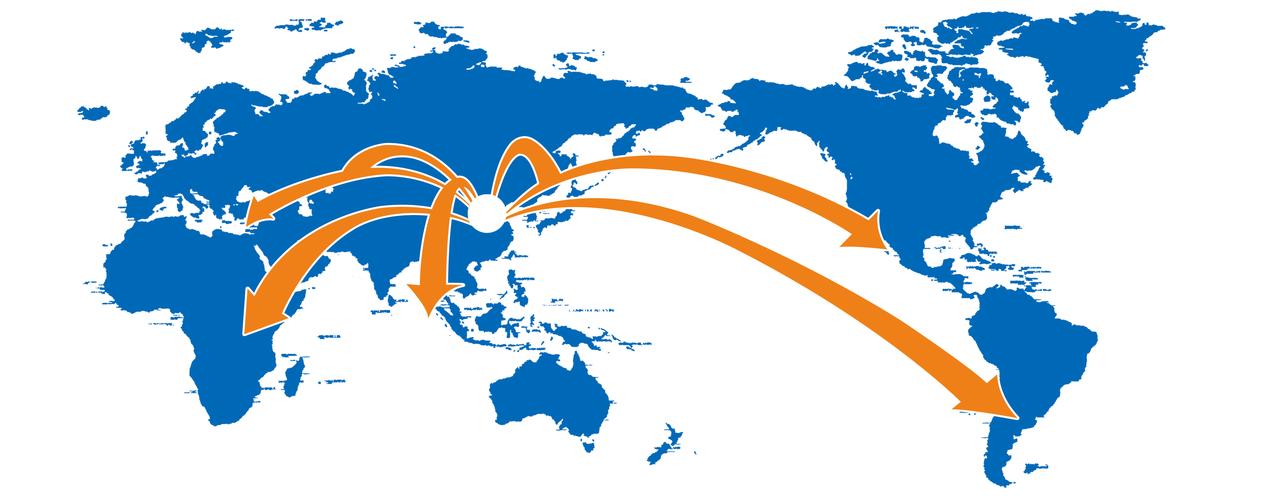تأثیر زیست محیطی کارخانه های خاک رس خشک هوای پلاستیک
شماره سریال
| نام محصول | ایده های خاک رس فوق العاده سبک بهترین صادرکنندگان چینی نحوه استفاده از هنر صادرکننده بهترین صادرکنندگان چین |
| 1 | ایده های خاک رس فوق العاده سبک بهترین صادرکنندگان چینی نحوه استفاده از Exporter |
| 2 | ایده های خاک رس فوق العاده سبک بهترین صادرکنندگان چینی |
| 3 | رس بسیار سبک نحوه استفاده از بهترین کارخانه های چین |
| 4 | علاوه بر این، کارخانه های خاک رس خشک در هوای پلاستیکی می توانند فرآیندهای تولید کارآمدتر و شیوه های مدیریت ضایعات را برای کاهش ردپای محیطی خود اجرا کنند. این می تواند شامل بازیافت و استفاده مجدد از مواد زائد، بهبود بهره وری انرژی و سرمایه گذاری در منابع انرژی تجدید پذیر باشد. با اتخاذ این اقدامات، کارخانجات خاک رس خشک هوای پلاستیک می توانند تاثیر خود را بر محیط زیست به حداقل برسانند و به آینده ای پایدارتر کمک کنند. با شناخت چالش ها و فرصت های مرتبط با تولید خاک رس خشک در هوا، می توانیم در جهت توسعه راه حل های پایدارتر و سازگار با محیط زیست تلاش کنیم. از طریق همکاری و نوآوری، ما می توانیم آینده پایدارتری برای نسل های آینده ایجاد کنیم. |
One of the main concerns surrounding plastic air dry clay factories is the amount of plastic waste they generate. The production process of plastic air dry clay involves the use of various plastic resins and additives, which can result in a significant amount of waste material. This waste often ends up in landfills or incinerators, contributing to environmental pollution and greenhouse gas emissions.
Furthermore, the production of plastic air dry clay requires the use of fossil fuels, such as oil and natural gas, which are non-renewable resources. The extraction and processing of these fossil fuels can have a detrimental impact on the environment, including habitat destruction, air and water pollution, and climate change. In addition, the transportation of raw materials and finished products to and from plastic air dry clay factories can further contribute to carbon emissions and environmental degradation.

Another environmental concern associated with plastic air dry clay factories is the release of harmful chemicals and pollutants into the air and water. The production process of plastic air dry clay involves the use of solvents, plasticizers, and other chemicals that can be toxic to human health and the environment. These chemicals can leach into the soil and water supply, contaminating ecosystems and posing a risk to wildlife and human populations.
In addition to the environmental impact of plastic air dry clay factories, there are also social and economic implications to consider. The communities surrounding these factories may be disproportionately affected by pollution and environmental degradation, leading to health problems and reduced quality of life. Furthermore, the reliance on non-renewable resources for the production of plastic air dry clay can contribute to economic instability and resource depletion in the long term.
Despite these concerns, there are steps that can be taken to mitigate the environmental impact of plastic air dry clay factories. One approach is to invest in research and development of alternative materials that are more sustainable and environmentally friendly. For example, biodegradable or recycled materials could be used as substitutes for plastic resins in the production of air dry clay.
Additionally, plastic air dry clay factories can implement more efficient production processes and waste management practices to reduce their environmental footprint. This could include recycling and reusing waste materials, improving energy efficiency, and investing in renewable energy sources. By adopting these measures, plastic air dry clay factories can minimize their impact on the environment and contribute to a more sustainable future.
In conclusion, the environmental impact of plastic air dry clay factories is a significant concern that must be addressed. By recognizing the challenges and opportunities associated with the production of plastic air dry clay, we can work towards developing more sustainable and environmentally friendly solutions. Through collaboration and innovation, we can create a more sustainable future for generations to come.
